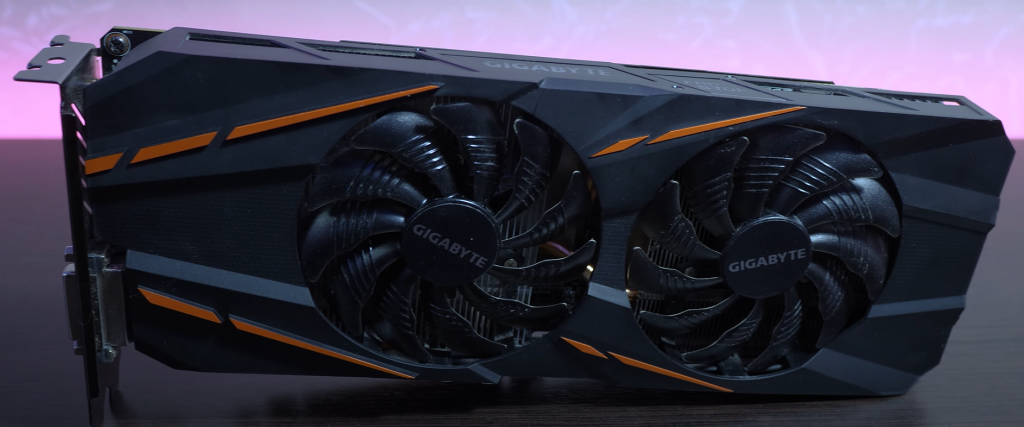Bitcoin – the leading cryptocurrency
Bitcoin is the world’s most popular cryptocurrency. It has no banknotes and cannot be touched because it is based entirely on cryptographic methods. Its most important principle is complete decentralization, it has no central administrator, it is not subordinate to financial regulators and banks. This makes bitcoin radically different from any payment unit in the world.
The mystical “founding father” of bitcoin
Bitcoin was first mentioned after an anonymous developer (or a group of developers) named Satoshi Nakamoto published a file with the description of the protocol and the principle of work of the payment system in October 2008. In January 2009, the world’s first 50 bitcoins were generated.
How to get bitcoins?
You can get bitcoins in several ways. The easiest way is to buy cryptocurrency on one of the online platforms with regular money, like euro. You can accept bitcoins as payment for your services or goods. Finally, you can learn how to mine and get bitcoins for it.
You need a wallet for bitcoin, too.
Cryptocurrencies are stored in electronic wallets (Wallet). More precisely, electronic keys are stored there to prove that the bitcoins belong to their owner. Wallets can be located on computers, smartphones, USB sticks, cloud storage, and so on. The main thing is storage security, because with the loss of the keys comes the loss of bitcoins.
Chairs first, then money (bitcoins)
Here is an example of a bitcoin transaction. A buyer is about to purchase an item from a seller, such as a hat. Both require a public key and a private key to complete the transaction. The public key can be compared to a bank account number and the private key to a secret code to confirm a bank transaction.
What does blockchain have to do with it?
The seller presents the public key to the buyer. The buyer, in turn, confirms the payment with his private key and thus begins the process of sending money. The computer information about this transaction, along with hundreds of other transactions, forms a special structure, a “block,” which joins a chain of other blocks containing data from other transactions that have occurred before.
What miners do
This new block of hat payment information soon ends up on all the computers of participants in the cryptocurrency system. They are also called miners. Their computers check the transactions formed into blocks and validate them. Theoretically, anyone can become a miner, but in practice today this role is performed by professional miners with powerful server equipment.
Mining: the speed contest
Before final confirmation of a transaction (e.g., payment for a hat), miners must verify it, which requires enormous computing power of a server and a graphics card. In essence, miners are engaged in a kind of speed contest: whoever verifies the block of information first gets the bitcoins for it.
Blockchain: the anonymous blockchain
As a result, the block with the information about the hat payment “packed” in it and verified becomes part of a long chain of blocks: the blockchain. This chain contains all the bitcoin transactions that have taken place. In this open “ledger” all transactions and wallets of all participants can be found – but all participants in the settlement remain anonymous.
Where the miners live
The world’s largest mining facilities – and the largest consumption of electricity for that purpose – are in China today. So say researchers from Cambridge University, the authors of the Bitcoin Electricity Consumption Index. Next on the list are the United States, Russia, Kazakhstan, Iran and Malaysia. Mining is most profitable where electricity prices are low.
Huge electricity consumption for mining
The total electricity consumption for mining is estimated by scientists at Cambridge University at 120 TWh (terawatt hours) per year. This is more than each of the blue-colored countries in the map above consumes per year.




